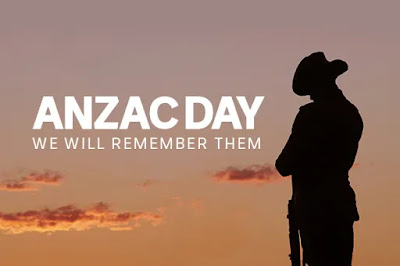They shall grow not old, as we that are left grow old:
Age shall not weary them, nor the years condemn.
At the going down of the sun and in the morning,
We will remember them.
LEST WE FORGET
The First World War remains the costliest conflict in terms of deaths and casualties. From a population of fewer than five million, 416,809 men enlisted, of whom more than 60,000 were killed and 156,000 wounded, gassed, or taken prisoner.
The First World War was one of the most significant events of the 20th Century and had a seismic impact on New Zealand society. Just under ten percent of their then population of 1.1 million served overseas, of which more than 18,000 died. There were also over 40,000 hospitalisations due to injury or illness. Nearly every New Zealand family was affected by the impact of the war.
The Red Poppy
The red poppy has become a symbol of war remembrance the world over. People in many countries wear the poppy to remember those who died in war or are serving in the armed forces. In many countries, the poppy is worn on Armistice Day (11th November), but in Australia and New Zealand it is most commonly seen on Anzac Day, 25th April.
In Flanders fields
The red or Flanders poppy has been linked with battlefield deaths since the Great War (1914–18). It was one of the first plants to grow and bloom on battlefields in the Belgian region of Flanders. The connection was made most famously by a Canadian medical officer, Lieutenant-Colonel John McCrae, in his poem, ‘In Flanders fields’.
LEST WE FORGET
All photos taken from the internet and story taken from different websites.
In Flanders fields
The red or Flanders poppy has been linked with battlefield deaths since the Great War (1914–18). It was one of the first plants to grow and bloom on battlefields in the Belgian region of Flanders. The connection was made most famously by a Canadian medical officer, Lieutenant-Colonel John McCrae, in his poem, ‘In Flanders fields’.
LEST WE FORGET





No comments:
Post a Comment